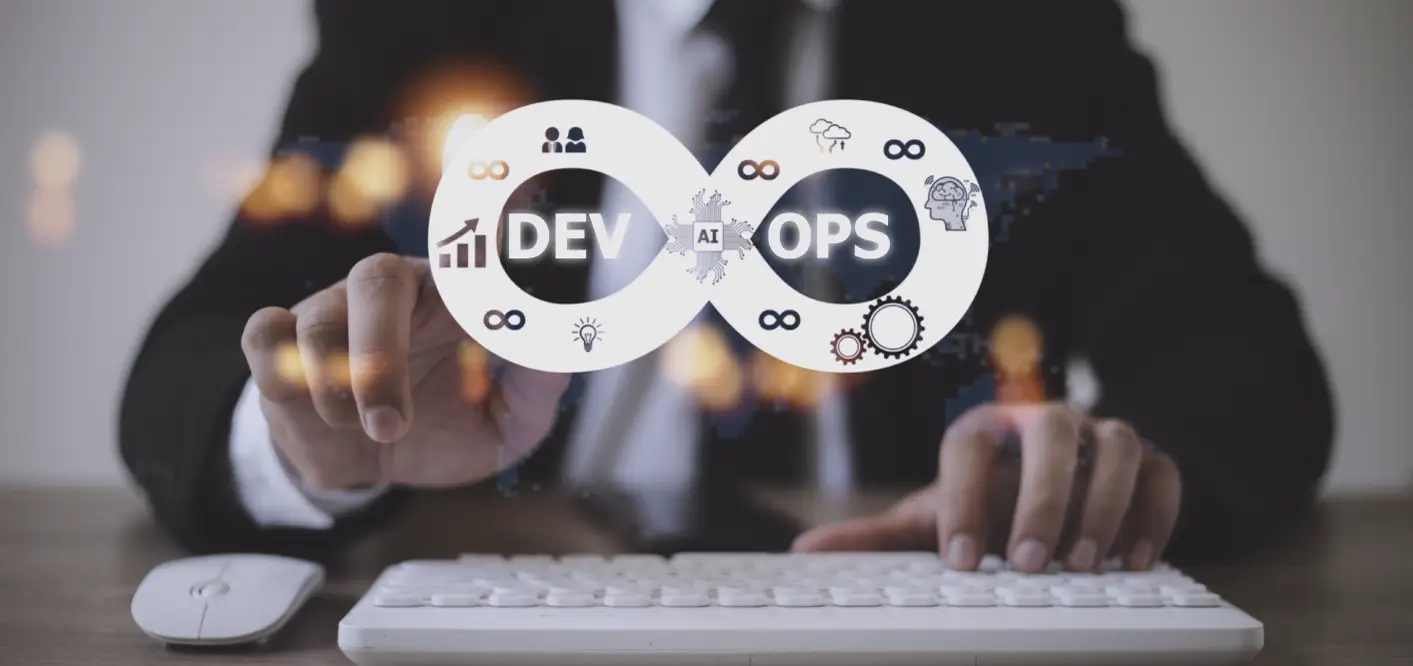
In today’s fast-paced, digital-first lending landscape, DevOps is no longer just about automation or CI/CD pipelines. It’s about building resilient, scalable, and secure systems that evolve as quickly as the market.
Lenders face a critical challenge: balancing innovation with operational stability. When maintenance is sidelined, due to competing priorities or lack of visibility, technical debt piles up, performance lags, and customer trust erodes.
With the right DevOps strategy, maintenance becomes a growth enabler, not a distraction. Here’s how.
1. Performance Degradation: The High Cost of Complacency
For lenders, performance issues translate directly to lost revenue and trust. Loan origination systems, loan management platforms, debt collection systems and customer portals must deliver consistently, especially under pressure.
Yet many are hampered by outdated software, unpatched databases, and poor configurations. These result in slower processing, disbursement delays, and frustrated borrowers.
During a loan campaign spike at a leading financial institution, we observed unpatched infrastructure caused a 2X increase in disbursement time, leading to drop-offs in high-value loan applications.
As volumes rise, infrastructure must scale, vertically (upgraded hardware) or horizontally (additional nodes). Proactive scaling prevents slowdowns and ensures responsiveness.
By embedding scalability planning, lenders can reduce latency by up to 40% during peak load periods.
2. Scheduled Maintenance: A Strategic Imperative, not a Chore
In the race to launch features and meet compliance deadlines, maintenance often takes a back seat. But skipping patching, version upgrades, or capacity checks leads to technical debt, downtime, and security vulnerabilities.
The fix? Treat maintenance like product development: planned, prioritised, and measured. Aligning business and IT teams around a shared calendar can cover:
One lender saw a 55% drop in system incidents after formalising a monthly maintenance sprint tied to release cycles.
This shift turns maintenance into a strategic lever, not a sunk cost.
3. Monitoring and Alerts: Your Early Warning System for Resilience
Lending Systems that run well today may break tomorrow. Without smart monitoring, small issues go unnoticed until borrowers are impacted.
Deploying tools like Prometheus, Grafana, or New Relic enables teams to:
For instance, a Top Financial Institution in South Asia, during a loan product launch, avoided a critical service outage by acting on real-time alerts showing a 90% memory usage spike.
These alerts are your tripwires for resilience. The faster you detect, the faster you recover.
4. Database Housekeeping: The Hidden Driver of Speed and Accuracy
Fast, accurate lending depends on a clean, tuned database. Yet many teams skip basic upkeep, leading to: Slow queries, Failed reports, and Backup risks.
Essential tasks include:
One Bank, after automating index rebuilds and log cleanup, significantly cut query times and halved overnight batch failures.
Don’t let your database become your bottleneck.
Conclusion: From Maintenance to Momentum
DevOps in lending isn’t about moving fast and breaking things. It’s about moving smart and scaling safely. Regular, proactive maintenance ensures your systems stay:
By institutionalising DevOps maintenance, lenders reduce tech debt, boost uptime, and protect customer experience, unlocking measurable business value.
As the industry evolves, so must the approach to DevOps. Shifting from reactive fixes to proactive care transforms DevOps from a support role into a strategic powerhouse.
In this future-ready model, DevOps isn’t just the backbone, it’s the catalyst.
Recent Blogs